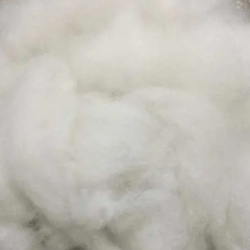FUNCTIONAL FIBRES
The most common description of fibre ingredients with nutritional and health benefits is Functional Fibre.
Functional fibres have different effects on the body, such as reducing blood cholesterol or increasing the size of the stools. Examples of functional fibres are psyllium and cellulose.
Hollow
An unusual cross section polyester filament, which has an inclined tube through the fibre axis. It has a large amount of residual air, which reduces the fibre’s weight and enhances its thermal properties.
| Lustre | End Use | Supplier Origin |
|---|---|---|
| Spinning / Nonwoven | Thailand, China, India | |
| 1.0 d to 15 d with varying lengths | ||
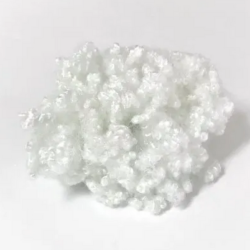
Conjugate
A type of synthetic fiber, which is composed of two or more chemically different polymers being extruded together to produce a single filament or fibre, are conjugated fibres, also known as bicomponent fibers.
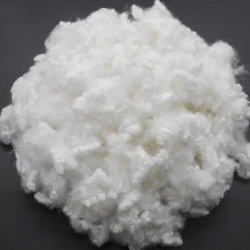
Low Melt
Polyester fibres with a melting point from 90 degrees to 220 degrees are referred to as Low Melt fibre. The most common is 110C LMF. When heated to 110-150 ℃, the sheath layer can melt and generate a sheath-core or side-by-side structure. It may be mixed with other fibres or is applied on its own.
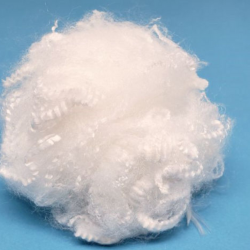
Dyed
Dyeing takes place at the fibre stage before it is spun into yarn. It’s also known as stock dyeing. Melanges and medleys are an example. Yarn dyeing: In yarn dyeing, the yarns are dyed first before the fabric manufacturing stage.
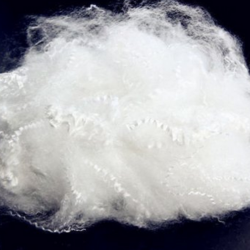
Dope Dyed
When the cellulosic material is in the semiliquid stage, dope dyeing is the process of injecting colors and pigments at the stage of the dope. Colour is suffuse into the core of the fibre of dope dyed yarns. From this dope dyed fibre is made which is thereafter spin to make yarn. It’s the weaving of these yarns that makes the fabric.
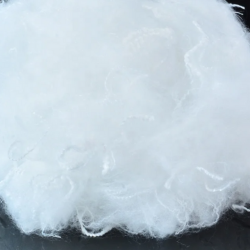
Moisture Wicking
The cross section of the fiber is cross shaped, and fiber surface grooves quickly absorb moisture and sweet from the skin surface and excrete out of the body.
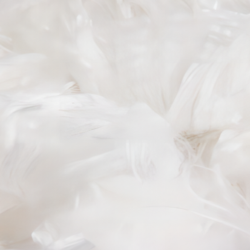
High Shrinkage
Modification of polyesters that have been treated with heat. The shrinkages of ordinary polyester after heat are typically between 10 % and 20 %, while a high crimped polyester may decrease to up to 50 % or even 70%.
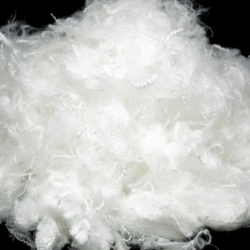
Low Shrinkage
One of processes of introducing a low shrinkage polyester yarn is a deform drawing process in which undrawn yarn (UDY) or partially oriented yarn (POY) wound after a spinning process is drawn, heat-treated, and relaxed using separate devices.
